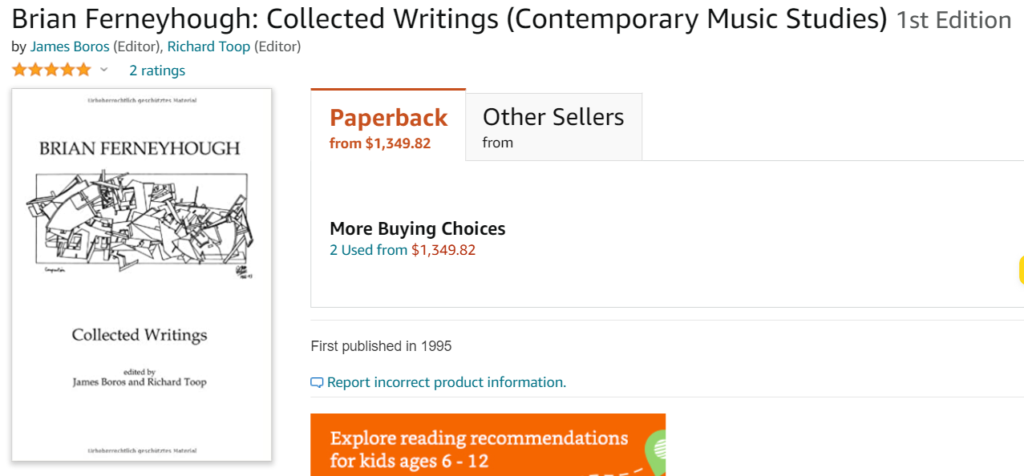I’m very metrics-oriented: how long have I worked on a piece? How much music has been written? I read of writers feeling in the-same-or-similar way regarding how many pages they write in a day (it’s always very few). It’s been four months and I’m at 15 minutes of music. I don’t think that means anything.
At this point, I’m not sure that the turntable can hold up as a solo or chamber instrument. That’s a self-canceling suggestion since any instrument can be a member of an ensemble, but I’m trying to balance my fascination for the instrument against the actual experience. So more than self-canceling it’s self-reflective. Half full?


